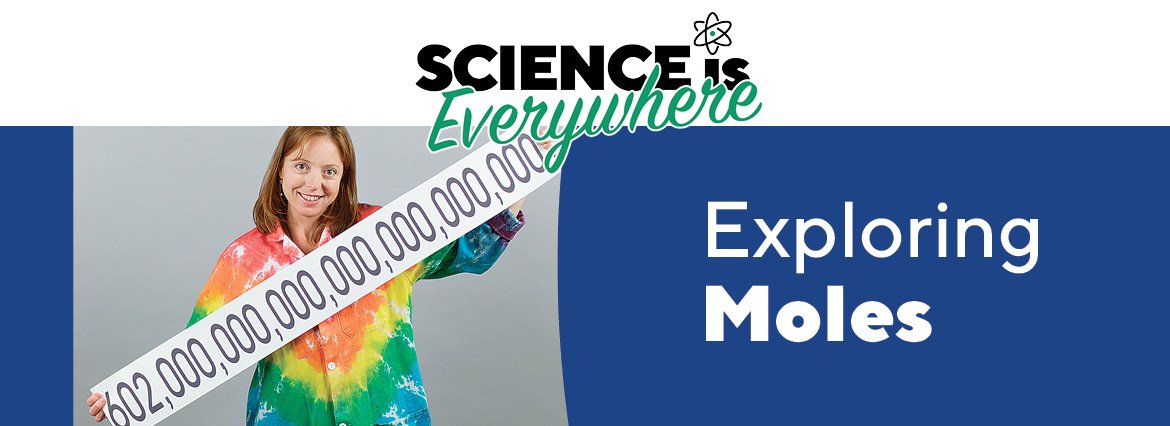
If you were asked to talk about significant events of 1776, you would most likely name something related to the Declaration of Independence or the American revolution. But how many of you would think of think of the birth of Amedeo Avogadro of Turin, Italy?
Italian scientist Amedeo Avogadro is credited with being the first to realize that the volume of a gas is proportional to the number of atoms or molecules. In 1909, the French chemist Jean Baptiste Perrin proposed naming the constant in honor of Avogadro, thus Avogadro’s number was born. The number 6.022 × 10²³ is known as Avogadro’s number or Avogadro’s constant. American chemistry textbooks picked it up in the 1930’s followed by high school textbooks starting in the 1950s.
Nobel prize winner Wilhelm Ostwald coined the term MOLE around 1900. He defined one mole as the molecular weight of a substance in units of mass grams. Simply, one mole of a substance is equal to 6.022 × 10²³ units of that substance (such as atoms, molecules, or ions). Regardless of what you are measuring, it is a very large number!


Mole Box
The Mole Box Chemistry Model contains helpful information, such as conversions, gas laws and constants. Do students look puzzled when told the volume of a mole of gas at STP is 22.4 liters? Don’t just tell them, show them!
Molar Volume of Hydrogen
With the Molar Volume of Hydrogen and the Gas Laws Chemistry Laboratory Kit, students determine the volume of one mole of hydrogen gas at standard temperature and pressure. This microscale adaptation of a classic lab is fast and accurate!
Mole Balloon™—Student Activity Kit
The Mole Balloon Science Student Activity Kit provides a way to visualize the size of one mole of a gas! Students learn that one mole of any gas occupies 22.4 liters. Show students how much space one mole of gas fills by using these balloons!

Visualizing the Mole
The concepts of Avogadro’s number and a mole are difficult for many students to comprehend. Understanding these concepts and their usefulness to chemists is a fundamental building block to understanding many other chemical concepts.
Mole Lab
Although technically not a laboratory experiment, this activity certainly helps to drive home the main idea behind the mole concept—that chemists can count out infinitesimally small particles by weighing.
Pie Demo
How many angels will fit on the top of a pin? Impossible to say. But with a little thought, your students can figure out how many times they would have to slice a pie to be left with one molecule of sugar!